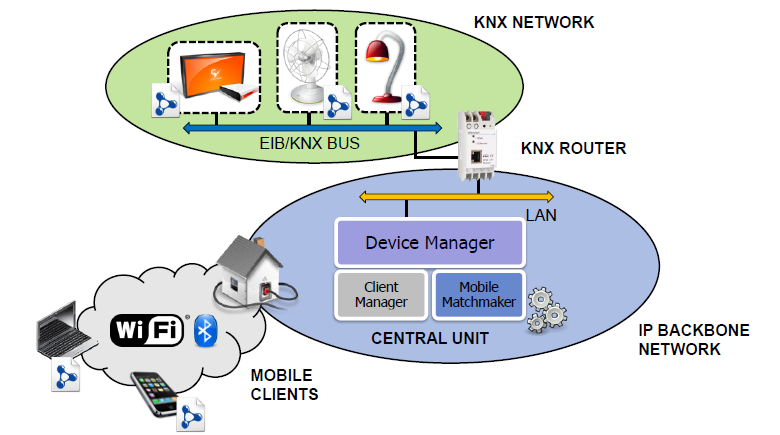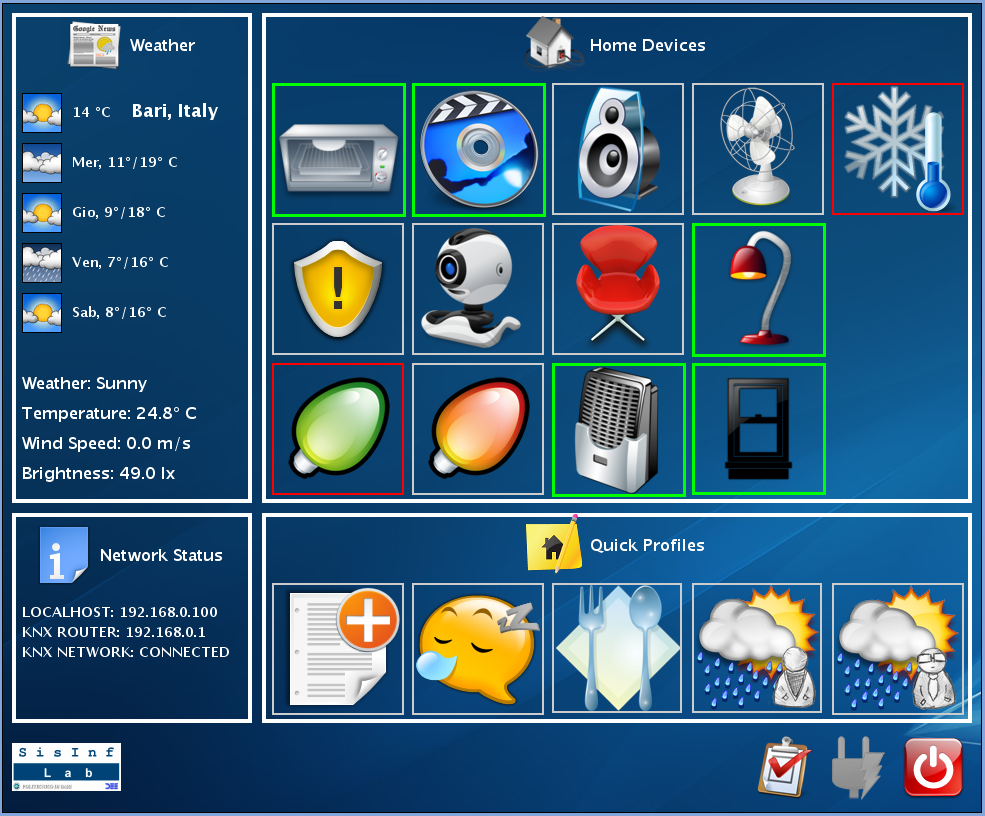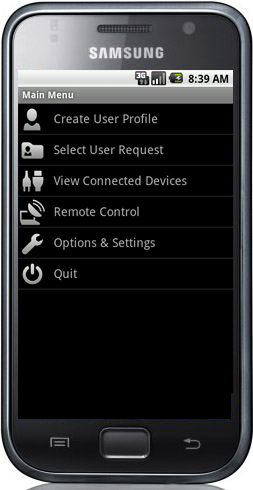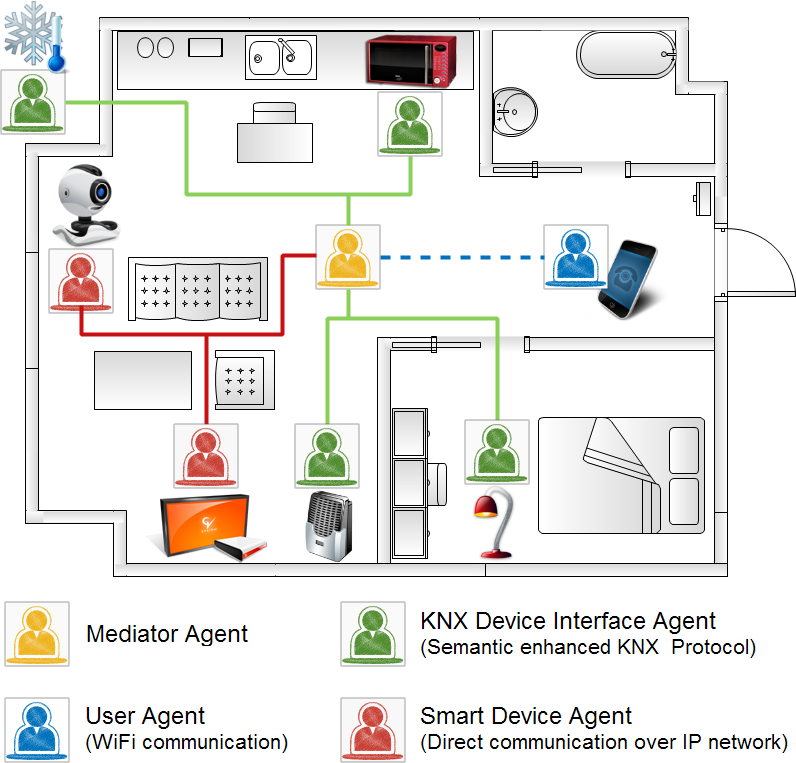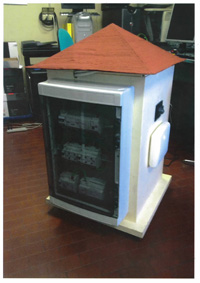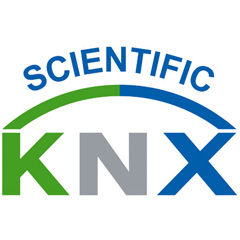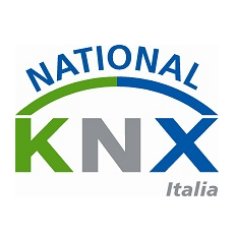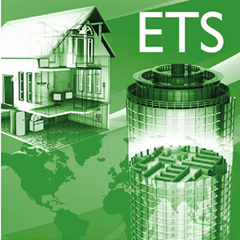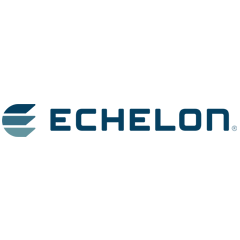Home and Building Automation (HBA) is a growing research and industrial sector attracting efforts from several disciplines, coalescing into a research area known as Ambient Intelligence (AmI). A crucial issue for feasible and effective AmI solutions lies in efficient resource/service discovery for ubiquitous and pervasive computing contexts.
The integration of knowledge representation languages and reasoning techniques (originally devised for the Semantic Web) into standard HBA protocols can allow to offer high-level services to users:
- the standards are enriched with an advanced service/resource discovery support;
- (ii) exploiting non-monotonic matchmaking, the user profile -annotated w.r.t. a shared ontology- can be compared with house configuration (including devices settings and appliances behavior) so identifying the home features best fitting user needs;
- the household equipments are autonomously able to reach the status that better satisfies users' activities or device requirements.
A semantic-based approach [1,3] is proposed, able to interface users and
devices within an ontology-based service-oriented home appliance infrastructure in a fully automated fashion.
The system exploits a semantic-based evolution [2] of EIB/KNX protocol [7] and the proposed approach
has been implemented in a real testbed in order to test feasibility and prove benefits.
In [4,5], an agent-based evolution of that framework was defined, including a formal protocol for automated
negotiation between user and device agents. A case study about power management in HBA was presented
to better clarify the proposal and assess its effectiveness.
The proposed framework refers to the general architecture outlined in [6], and it is oriented toward a Smart Grid vision. Machine-to-machine communication and negotiation for energy management occur at three levels: Home, Building and Neighborhood. The Building level manages structures containing multiple Home units which share common facilities. Similarly, the Neighborhood level refers to the coordination among buildings in a commercial or residential block/district and to the interface toward external energy providers.
The overall goal is to favor the usage of energy produced in the proximity of consumers by exploiting cogeneration, microgeneration and net metering, so reducing costs of energy transport and storage.
Generation KNX Video Contest 2012 - Semantic Web of Things at Home with KNX
KNX Scientific Contest 2013 - Auto-adapting homes to context: a semantic-based evolution of KNX standard protocol
